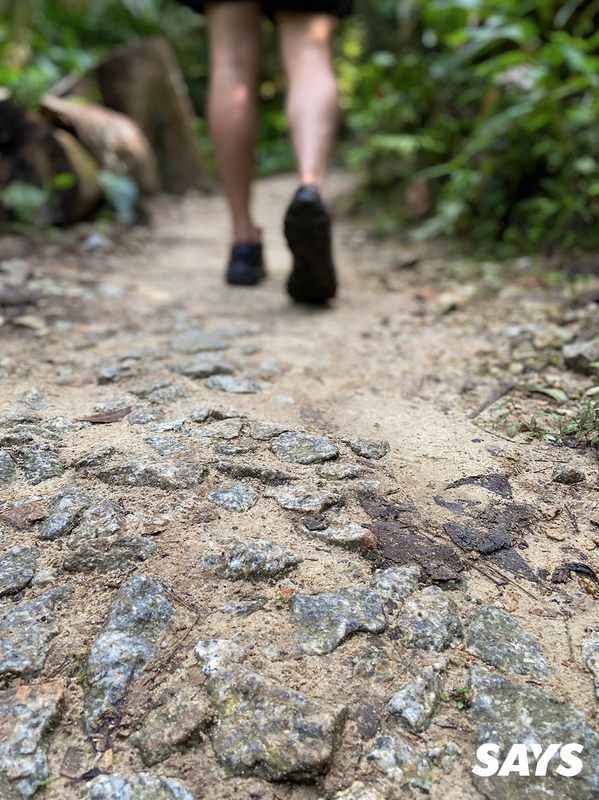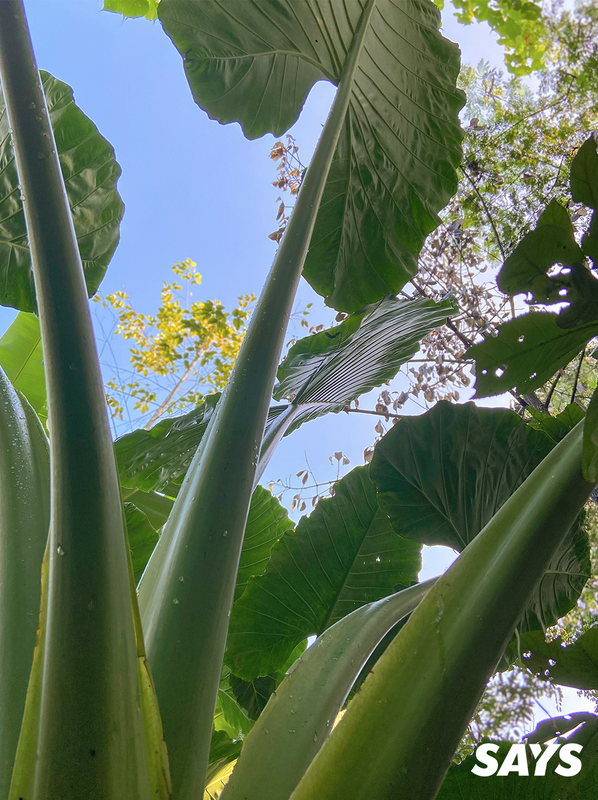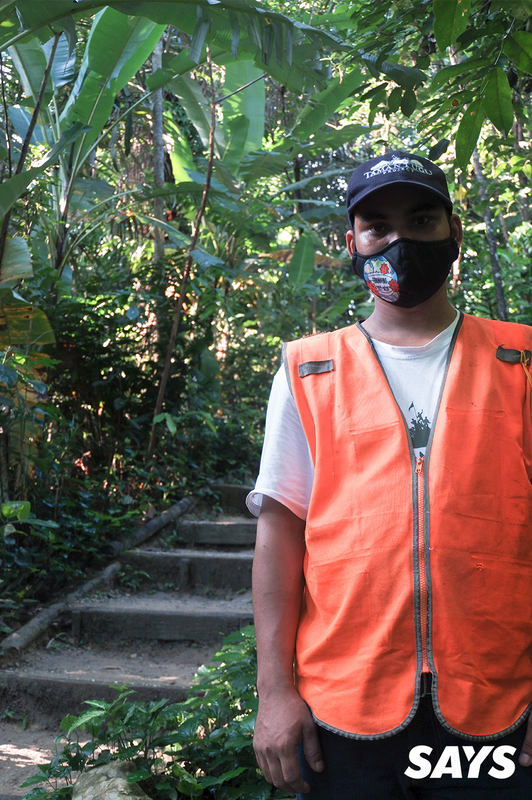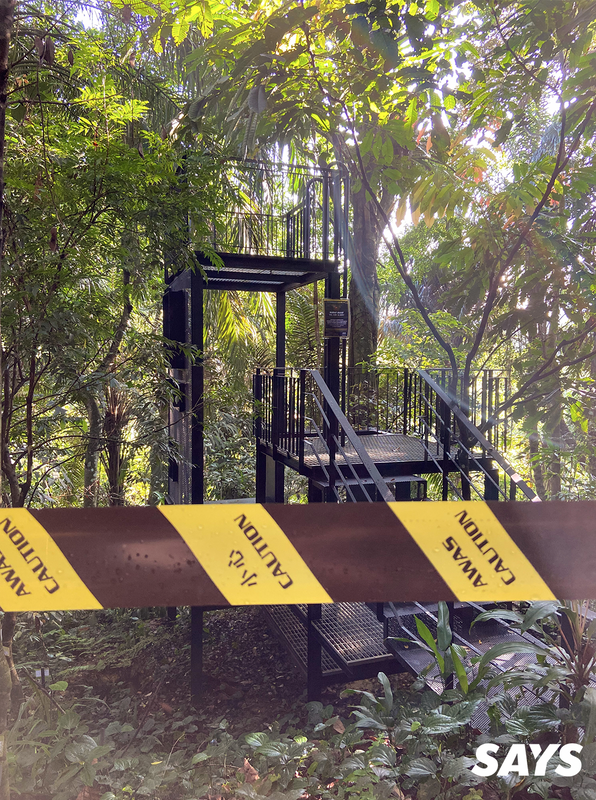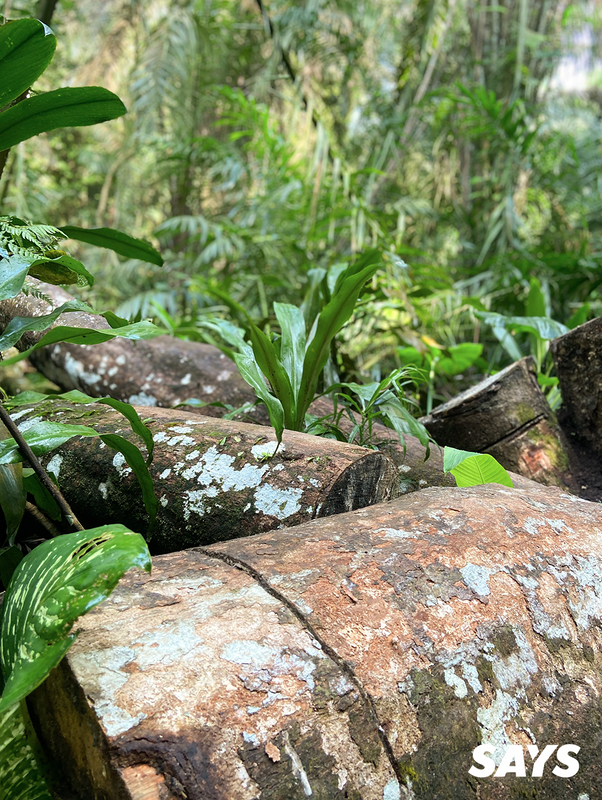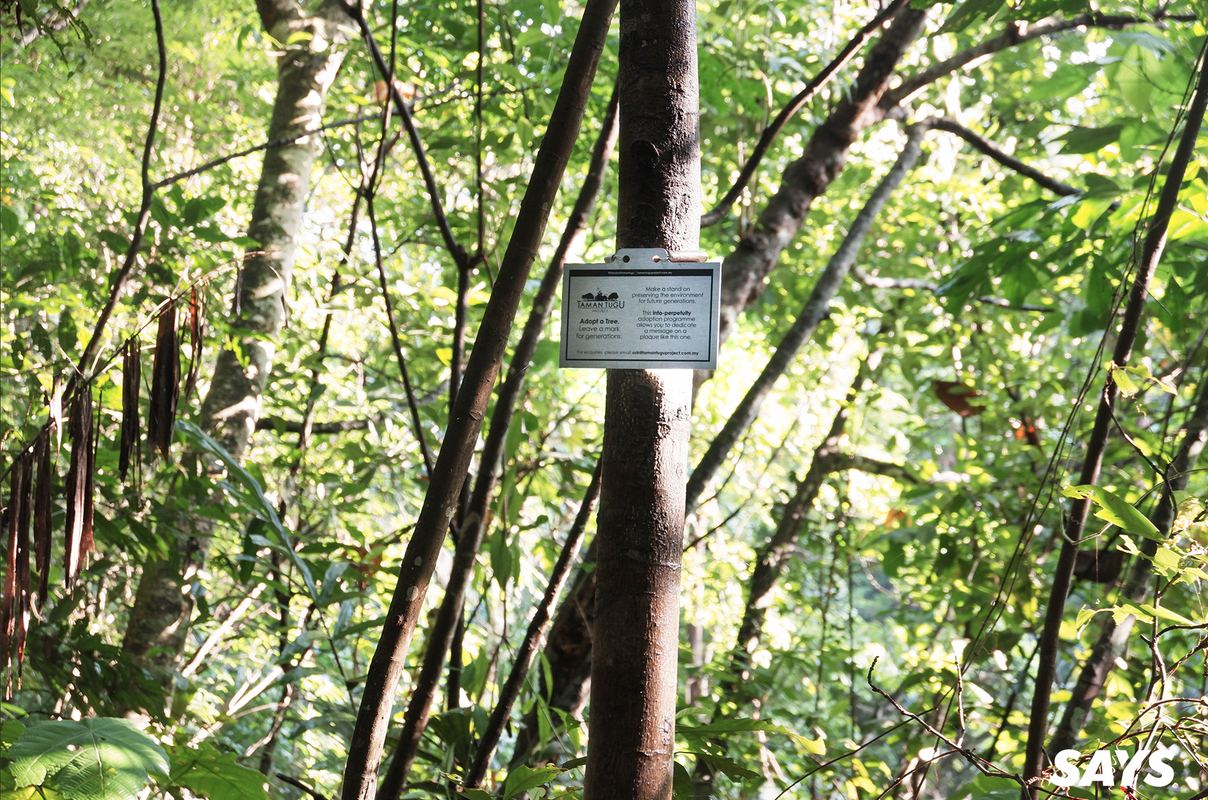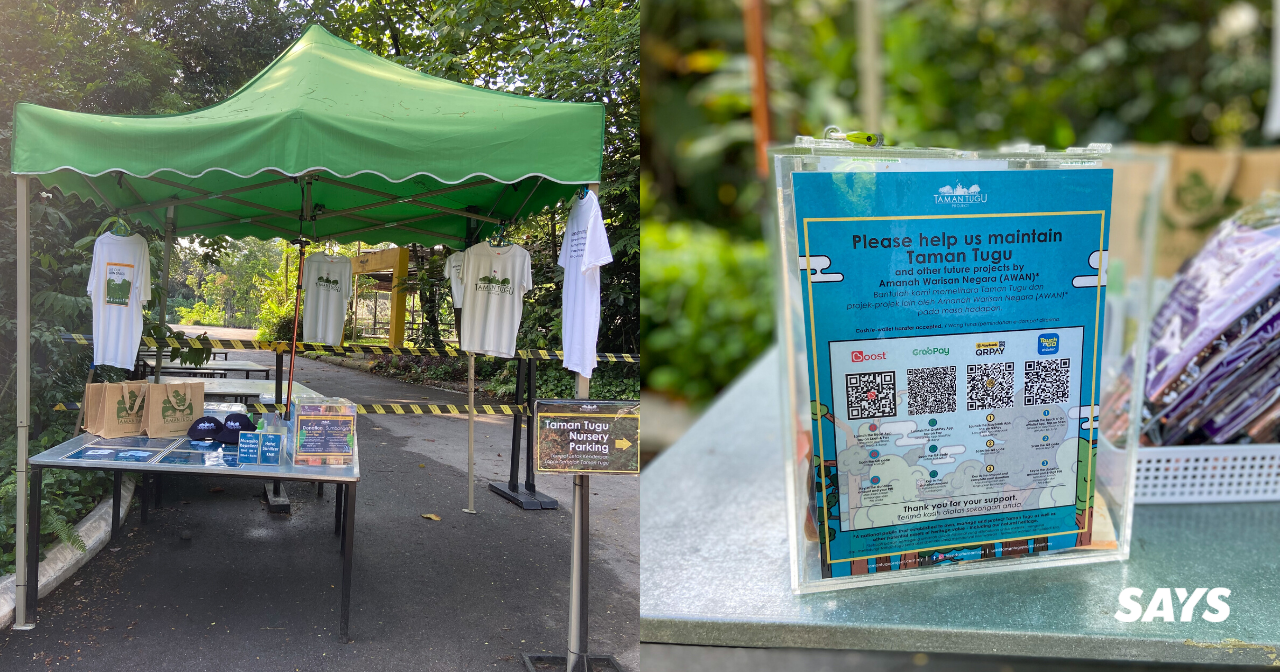Did You Know: There's A Lush Forest Park In The Heart Of KL And It's Completely Free!
Walking around this green hideaway will make you forget about the hustle and bustle of the city.
Tucked within the heart of Kuala Lumpur is a lush 66-acre forest park that has quickly become a green hideaway for many city-dwellers
You may have heard about Taman Tugu, the urban forest park located between Tugu Negara and Bank Negara.
Since its opening in September 2018, the park has grown quite popular among local residents looking for a quiet escape away from the hustle and bustle of the city.
The 66-acre site boasts hundreds of plant and animal species that can be enjoyed while wandering along the forest trails.
Adding up to a total of 5km, these routes have been carefully mapped out so that they weave around protected plant species and historical remains.
Walking along the trails, one is surrounded by over 4,000 trees representing more than 230 indigenous Malaysian rainforest species
As part of the Taman Tugu Project, a non-profit corporate social responsibility initiative led by Khazanah Nasional Berhad, roughly 1,000 trees which have been categorised as 'Endangered' or 'Critically Endangered' by the International Union for Conservation of Nature (IUCN) are being conserved at the park.
We took to the paths ourselves and found numerous examples of native plant species conveniently labelled for our reference. In partnership with the Forest Research Institute of Malaysia (FRIM), up to 1,000 trees have been identified and tagged for preservation.
Aside from seeing the plants for yourself, you can also find more information about each species in the full catalogue found on the Taman Tugu website.
The gargantuan Pulai tree was a particularly magnificent sight. Measuring up to 40m, the 90-year-old tree has become an Instagram-worthy spot for many visitors.
Along our trek we stumbled across these monumental yam plants that looked as though they belonged in a Studio Ghibli film.
Sourced from nurseries, the plant species found at Taman Tugu are selected based on the type of fauna they will attract
Taman Tugu Project's head of brands and communications Tracey Surin pointed out to SAYS that one plant in particular: daun kadok. Typically used to wrap otak-otak, we were informed that this plant had the important role of attracting insects.
This would prevent bugs from attacking other surrounding plants, allowing them to flourish.
We were told that butterflies, snakes, and over 30 types of birds could be found in the park. On our way around the trail, we managed to spot a few monkeys as well as a hen and its chicks.
By enhancing the biodiversity at the site, the Taman Tugu team hopes they will be able to emulate an ecosystem similar to that of a rainforest's.
Eventually, the site could potentially accommodate more than 200 trees per acre of land.
The forest park is also bursting with history as it was home to Malaysian government officials in the 1960s
History can be found at every step of the way - literally. Though most of the pathways are formed out of exposed earth and recycled material, there are sections that reveal asphalt - remnants of a driveway that used to lead to an official's home decades ago.
The land Taman Tugu rests on was previously the site of British residences, employee quarters, and government officials, including Malaysia's first director of agriculture and finance minister Tun Tan Siew Sin.
Palm oil trees can also be found throughout the area thanks to the British officials who are believed to have brought the seeds from West Africa prior to Malaysia's independence.
With the beginning of the Conditional Movement Control Order (CMCO), Taman Tugu reopened on 8 May with enhanced health and security measures
As the CMCO commenced, the team worked to offer a safe, open space for the public to enjoy after having spent almost two months indoors. Having consulted various authorities, Taman Tugu reopened with a controlled operating environment.
They have rerouted the forest trails to form two 1.5km routes with separate entry and exit points in order to ensure visitors move in a single direction.
Signs placed throughout the trail remind visitors to be aware of the health and safety precautions in place. We were told that even the signs get sanitised by staff members.
But if you ever find yourself lost, not to worry! You can always look out for the security officers dressed in bright orange who will be more than happy to point you in the right direction.
The gazebos and swings, where hikers, runners, and families with young kids often used to hang around at, have been sectioned off to prevent any disruptions to the flow of people.
Only a limited number of people are allowed in the park at one time. Despite the long queues this creates during the weekends, Tracey noted that many people willingly wait for their turn (1m apart from each other) to enter the park.
They have had over 5,000 visitors in the last week alone.
All visitors are required to get their temperature checked before entering the park.
Image via Alyssa Pong/SAYSAside from the park, the only other facilities available to the public are the toilets and carparks. All team building activities, educational trips, and even weddings hosted at Taman Tugu have been postponed for now.
But not to fret! You can hop onto their Instagram account for notifications regarding upcoming remote yoga classes and talks which are open to all for free.
The park is open daily from 7am to 6.30pm, with last entry at 5.45pm. However, the timings are subject to change depending on weather forecasts and hazards, such as heavy thunderstorms that caused a few towering trees to collapse only a few days back.
Though this beautiful green space is protected the National Heritage Trust, its upkeep largely relies on public support
Entrance to Taman Tugu is completely free.
When asked why they do not charge a small entrance fee to help with maintenance costs, Tracey replied, "We want everyone to have access to the park, no matter their socio-economic backgrounds. RM1 may seem like a small fee for some, but it can add up to a lot especially for bigger families."
All along the trail Tracey pointed out small metal plaques attached to several tree trunks that read, "Adopt a tree. Leave a mark for generations."
Additionally, people can contribute to the conservation and preservation of the park by buying their merchandise or donating via cash and online transfer.
All proceeds from both adoptions and donations are put into a public trust that ensures public green spaces like Taman Tugu are managed and protected into perpetuity.
The funds will also enable them to expand their facilities to include a surau jumaat, a Hindu temple, and more wheelchair-friendly trails.
Their hopes for the urban forest park? To continue providing a natural respite from the city and creating environmentally-conscious communities.
Prior to the coronavirus outbreak, Taman Tugu hosted numerous educational and volunteer programmes for students and adults looking to learn more about local conservation efforts. They have since been put on hold.
Speaking to SAYS, Taman Tugu Project's head of brands and communications reflected on the importance of public green spaces like Taman Tugu.
"We have definitely seen how beneficial places like this have been for the public, especially during CMCO and RMCO (Recovery Movement Control Order). It would be great to see even more natural public places emerge in the city, whether they'd be more manicured or untouched," she said.
"We really hope to help shape the next generation of conservationists."



